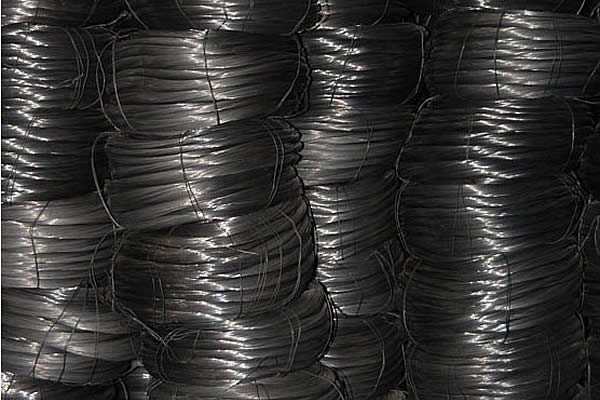 TEL:
+86-13102802206
TEL:
+86-13102802206
 Email:
fencenetting@china.com
Email:
fencenetting@china.com
 Language
Language
 TEL:
+86-13102802206
TEL:
+86-13102802206
 Email:
fencenetting@china.com
Email:
fencenetting@china.com
 Language
Language


The Versatility and Importance of Stainless Steel Wire Cable
In today's industrial landscape, the use of stainless steel wire cable has become increasingly vital due to its exceptional properties and versatility. This type of cable, made from high-quality stainless steel, offers both strength and corrosion resistance, making it ideal for a wide range of applications across various sectors. From construction and marine to aerospace and automotive, understanding the characteristics and uses of stainless steel wire cable can shed light on its growing popularity.
Composition and Properties
Stainless steel wire cable is primarily composed of iron, chromium, nickel, and other alloying elements. The addition of chromium is what gives stainless steel its remarkable corrosion-resistant properties. When exposed to moisture, chromium forms a thin, protective oxide layer that prevents rusting. This ensures that stainless steel wire cables maintain their integrity and functionality over time, even in harsh environments.
One of the key properties of stainless steel wire cable is its high tensile strength. It can withstand significant pulling forces without breaking, making it ideal for applications that require reliability and safety. Additionally, stainless steel wire cables are highly elastic, allowing them to stretch under load without permanent deformation. This feature is especially beneficial in dynamic applications where flexibility and resilience are crucial.
Applications Across Industries
1. Construction and Architecture Stainless steel wire cable is extensively used in construction projects, from structural support to aesthetic applications. It is commonly employed in suspension bridges, where cables bear heavy loads and must resist environmental factors such as wind and moisture. The sleek appearance of stainless steel wire also makes it an attractive choice for railings and facades.
2. Marine Applications The marine environment poses numerous challenges, including saltwater exposure and harsh weather conditions. Stainless steel wire cables are particularly suited for marine applications, including mooring lines, rigging, and safety harnesses on boats and ships. Their corrosion resistance ensures longevity and reliability, critical factors in maritime safety.

3. Aerospace and Automotive In the aerospace sector, weight and reliability are paramount. Stainless steel wire cables are often used in aircraft for control systems and safety devices, where strength and leakage prevention are crucial. Similarly, in automotive applications, these cables can be found in seatbelt mechanisms and other safety systems, ensuring durability and performance.
4. Industrial Uses Factories and manufacturing plants utilize stainless steel wire cables for various functions, including lifting equipment and suspension systems. Their robustness allows for efficient movement of goods and machinery, contributing to streamlined operations and enhanced productivity. Moreover, stainless steel's non-corrosive properties make it ideal for environments where chemicals are present, maintaining safety and reducing maintenance costs.
5. Art and Design Beyond functional uses, stainless steel wire cable has also found a place in artistic and design projects. From sculptures to architectural installations, artists and designers appreciate the flexibility and strength of the material, allowing for innovative creations that can withstand the test of time.
Environmental Benefits
In recent years, there has been an increasing focus on sustainability in materials used across industries. Stainless steel, being recyclable and durable, aligns well with these modern concerns. When manufacturing stainless steel wire cable, less waste is generated compared to traditional metals. Furthermore, the longevity of stainless steel reduces the need for frequent replacements, leading to less environmental impact over the cable’s lifespan.
Conclusion
In summary, stainless steel wire cable is a remarkable material that combines strength, flexibility, and resistance to corrosion. Its applications across various industries highlight its versatility and importance, from construction to aesthetics. As industries continue to seek solutions that offer both performance and sustainability, the demand for stainless steel wire cable is likely to grow. Understanding its properties and uses not only emphasizes its significance in modern engineering and design but also points toward a future where durable and eco-friendly materials are paramount. Whether you are an engineer, designer, or business owner, recognizing the value of stainless steel wire cable can help you make informed decisions that benefit your projects and support sustainable practices.